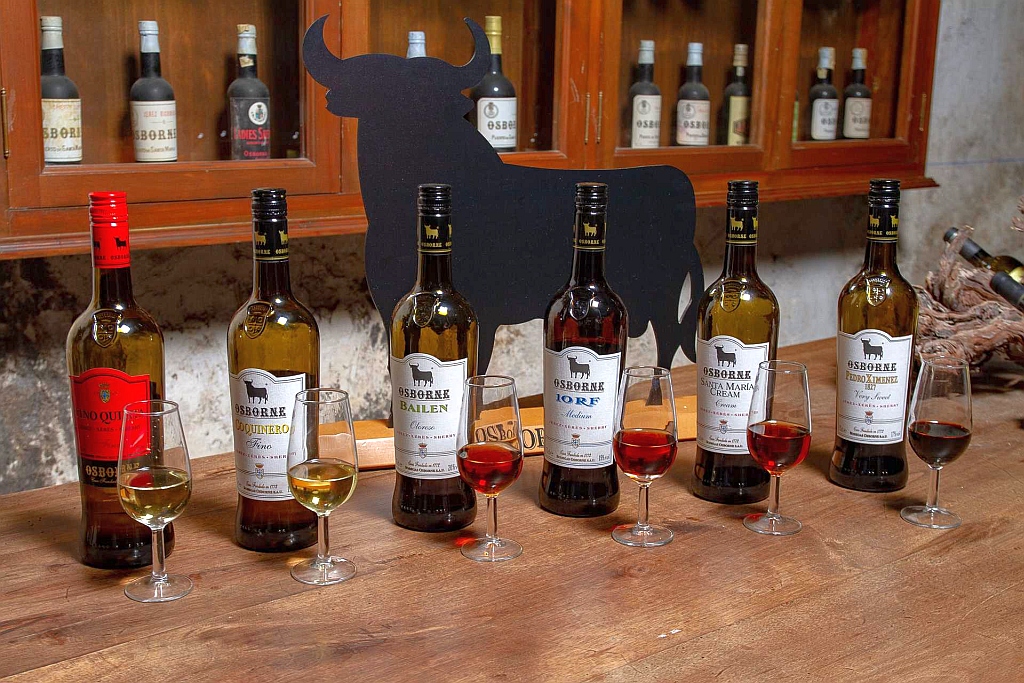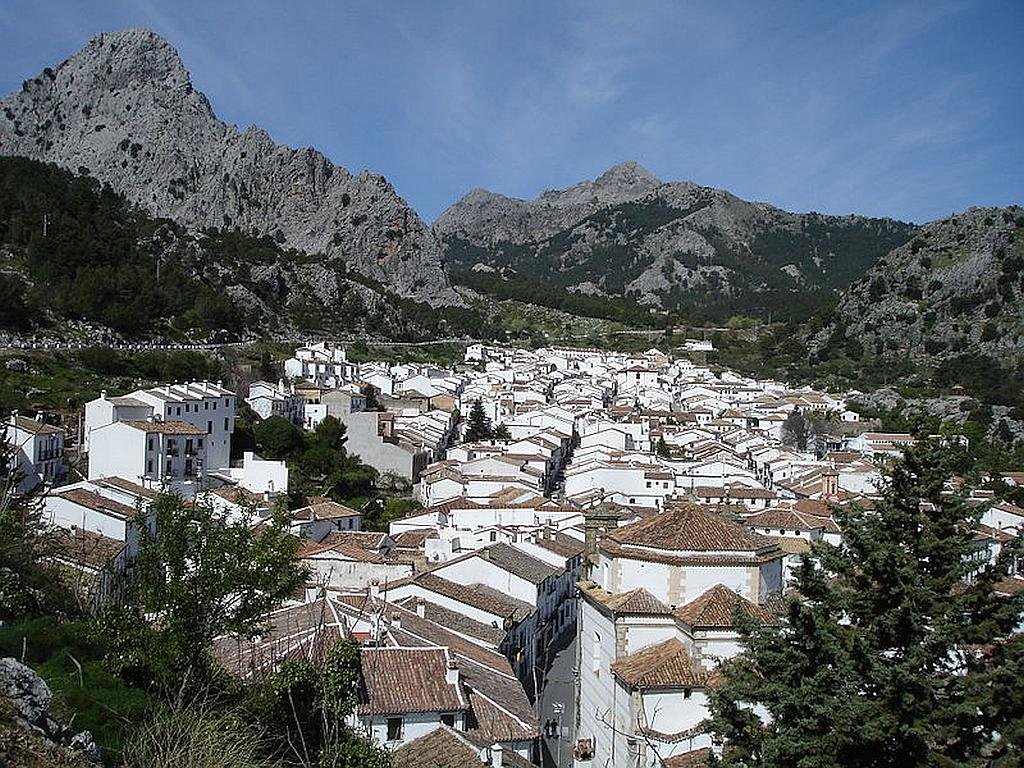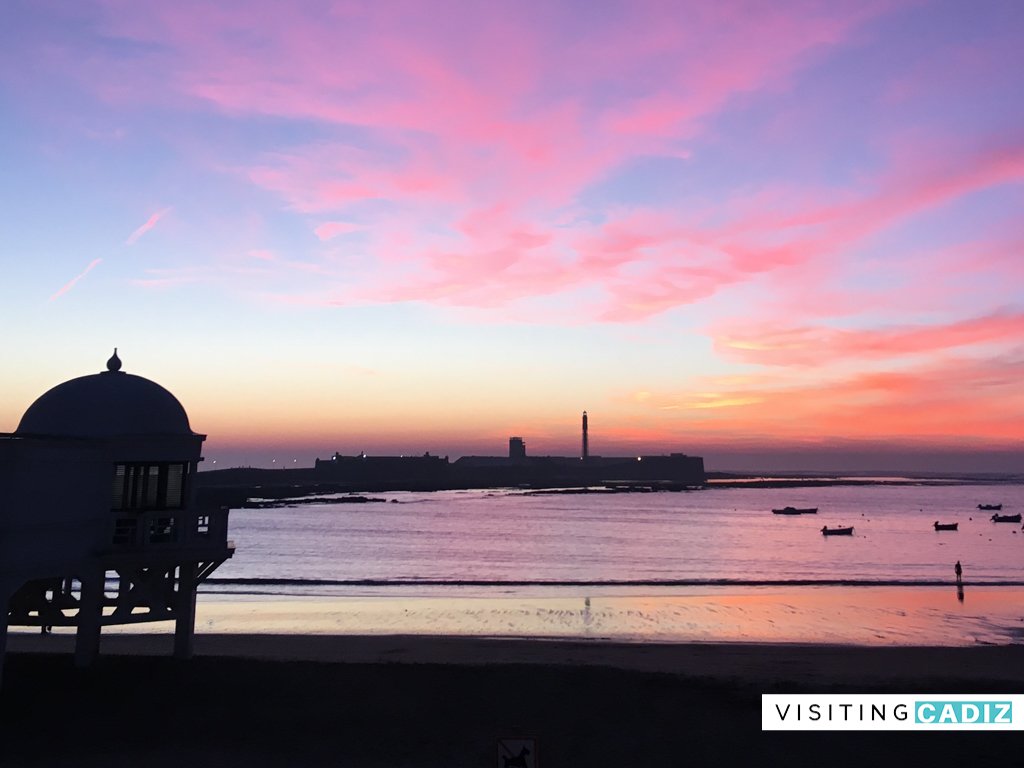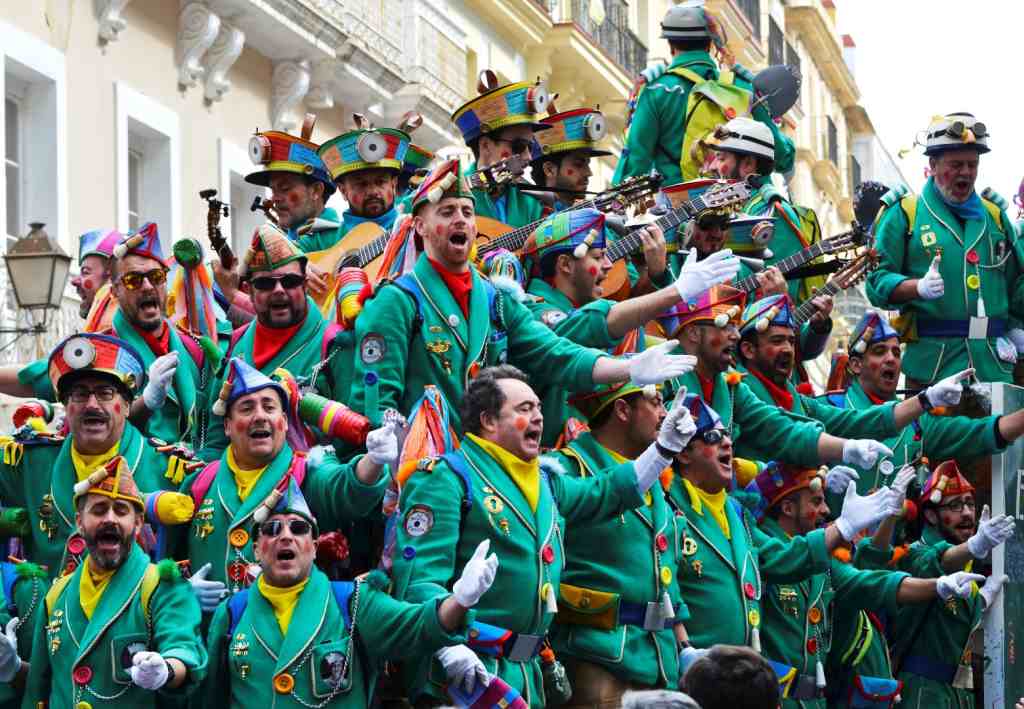The province of Cádiz offers an enchanting experience for wine enthusiasts, with two distinctive wine routes: the Wine and Brandy Route of Jerez and the Sierra de Cádiz Wine Route. While the Jerez route is more widely recognised, the Sierra de Cádiz is equally rich in culture and tradition. This guide delves into these celebrated routes, exploring their landscapes, flavours, and cultural heritage. So, lets start exploring Cádiz’s wine routes.
NOTE: Jerez = Sherry 🙂 The English name was invented to help sales. After all, who would buy a product if they couldn’t pronounce what it is called?







